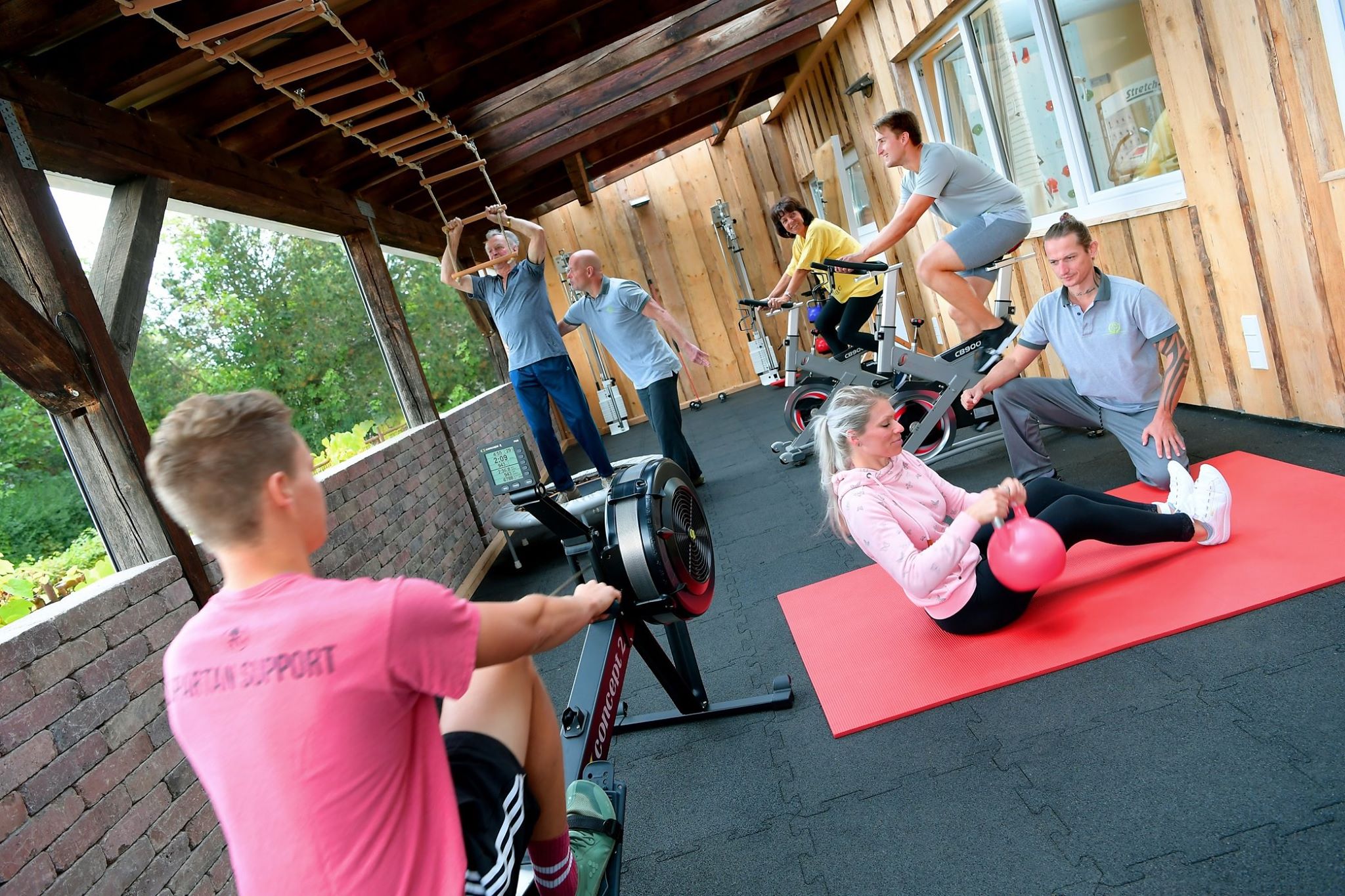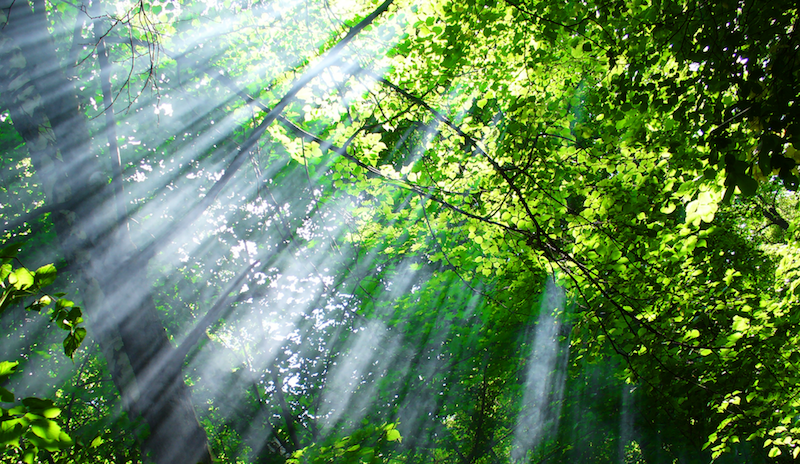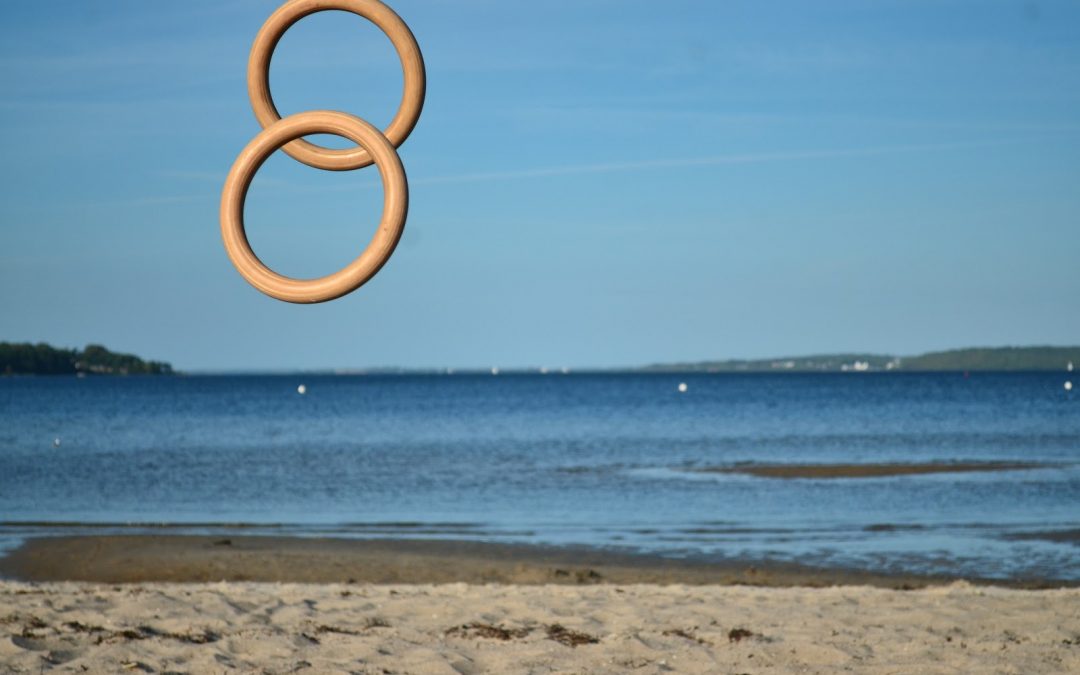Since the launch of the EPA physiotherapy students from around the world continue to join the association. Their enthusiasm for the subject field is evident in the comments, thoughts, concerns and energy they bring as they join, and, just like in the ongoing worldwide climate strikes, this leaves little doubt that the younger generations will be a decisive force in reshaping our profession into an environmentally aware and responsible one.
As an association, we are excited to have Issie Long and Thies Bundtzen as our inaugural student representatives and we look forward to working with them on different ways to support, mobilise, and educate future physiotherapists to adopt an environmental perspective in their practice. The following is a result from their first few meetings as EPA student reps, in which they talk about each others backgrounds and interests in environmental physiotherapy, explore possibilities of thinking and practising environmentally, and what hopes they have for the future of their chosen profession. It presents not only an account of their passion and already deep thinking, and even doing in environmental physiotherapy, but also provides a powerful statement to physiotherapy educators and a clear call to integrate environmental physiotherapy and sustainable healthcare into physiotherapy undergraduate education.
Issie Long, 3rd Year Student, Cardiff University, UK
Growing up the environment has always been a massive part of my life; both my parents have careers within an environmental field, so from a young age the importance of protecting nature and our planet from the impact of human life has always been stressed. In my personal life, I do what I can to reduce my carbon footprint, but it was only recently that I began to contemplate how my career may have a negative impact on that footprint that I am trying to be so conscious of. It has been on my clinical placements that it began to occur to me that our professional carbon and environmental footprint was massive, with a huge amount of single use plastic being used and thrown away each day. But how could I change it? It just seemed to me that that’s how things were done. Scrolling through my twitter feed one day I saw that somebody had shared the EPA’s website which appeared as the perfect opportunity for me to learn how to shape my practice now, as a student, and when I graduate next year. I want to be able to leave a positive impact on the planet as well as the health of my patients.
Thies Bundtzen, 4th Year Student, Saxion University of Applied Science, Enschede, NL (currently in a final-year placement in Germany)
As I grew up close to the sea in Flensburg, Germany, there was, and will always be a fascination for the sea, but it was only after I moved away that I noticed how I had unconsciously built a strong relationship with the ocean at home. Knowing that I would live and study in Enschede in the Netherlands for the next 3 years, six hours away from my favorite beach spot, I started to create a healthy environment around my study life. My shared apartment got transferred into a place to move by installing gymnastic rings in the living room and a slackline in the garden. I spent much time appreciating and exploring nature, eating local and seasonal foods, sleeping outside on the rooftop with roommates and sharing life with likeminded people. I noticed that the environment had such a big influence on my general health and this left me curious about how important the environment is for a successful prevention or rehabilitation programme in physiotherapy practise. Currently, I am working on my bachelor thesis, which explores the implementation of a nature-based homework program into physiotherapy practice to facilitate the self-management of stress in chronic diseases. I have to say, I was a bit worried when I started to search for evidence, because finding studies that related to physiotherapy and the environment had proven to be difficult. When I heard of the forming of an Environmental Physiotherapy Association, I didn’t think long and joined right away.

Once we had worked out time zones and arranged our busy schedules (internships and dissertations wait for nobody) a skype call began the start of a conversation between us about environmental physiotherapy and our possibilities, as students, in incorporating the environment within our emerging practice.
Both of us are final year physiotherapy students, so the initial discussion focussed primarily on talk of research topics, clinical placements and the differences in the student experience from one country to another, before finally moving on to our passion for the environment and the EPA. We chatted about our individual reasons for joining the EPA and, in doing so, began to uncover the wide range of meanings that ‘environmental physiotherapy’ could embody. We each had joined the association with very different ideas of what the EPA would be about. For both of us, however, this was a chance to explore our own concept of what defines environmental physiotherapy and how we could shape our practice as the physiotherapists of the future.
As students we are in the perfect position to mould our practice into a more sustainable and environmentally responsible version of our profession. With our ‘physio selves’ far from fully formed we are continuously presented with opportunities to shape our professional identity, and for both of us the EPA seems to be a fantastic way to combine our passion for physiotherapy with our love of the environment.
We talked about how the fight against climate change was of paramount importance and how fundamental it was that everyone played their part. As young people this is a fight close to home. We worry for our future and a call for change forms a large aspect of the student psyche. As physiotherapy students, developing a more environmentally responsible practice now, before we step out into the big wide world of qualified life, sets the tone for the entirety of our careers. We are at the very beginning of our professional journey so an organisation such as the EPA can provide us with inspiration and direction to becoming a new generation of ethically-minded physiotherapists. As students, we have so much of physiotherapy yet to explore and this is never a journey that we complete alone. Discussions we had had with friends and educators often arrived at similar conclusions, physiotherapy as a profession must become more clear about its relation to the environment, including becoming more aware of the role of the environment in achieving good health for all and being responsible with regard to its own impact on the environment.
It was clear from our conversation that environmental physiotherapy was about more than just reducing our own carbon footprints. Encouraging our colleagues and patients to engage with their surroundings is a brilliant way to practise in a more ‘environmental’ fashion too. We were both able to draw upon our own experiences from our individual clinical placements, where both of us had seen the positive effect that even a small engagement with the outside world could have on our patients.
Thies recalled a particularly pivotal moment when interacting with a patient who had talked about how not being able to enjoy the fresh air during the day had made him feel quite low. Opening up the window and allowing fresh air to circulate the treatment room had brought a question to mind – what if we could practise physiotherapy outdoors?
The effect that a change of environment could have, had been noticed by Issie too. On a critical care placement, for some of the more long term residents of the unit, it was a short trip outside with the physios that seemed to be of most benefit. The outdoors seemed to breathe life into patients who had become demoralised by the day to day workings of the ward and created a new enthusiasm for engaging in their rehabilitation.

We also discussed some of the ways that Thies had already been incorporating the environment into his treatments. Asking patients to simply take the time to look up to the sky encouraged them to become more aware and appreciative of the calming environment that surrounded them. It seemed to act as a good reminder, just before entering an indoors environment, to take a deep breath and centre themselves. This ‘homework exercise’, taking 10 deep breaths by looking into the sky before entering a car, a house, or building of any nature, received positive feedback from patients. At the next session, some patients talked about how fascinating they had found the “passing clouds”, “flying birds” or “shining moon”. It had provided them with a quick and valuable escape from complex thought and had created a deeper awareness of their environment.
We, as students, are in the prime position to moderate and re-evaluate how we will practise as physiotherapists. Through reflection on our individual ideas about what defines environmental physiotherapy, we could both begin to see the very tip of the iceberg of change that was needed. We had had the privilege of seeing the positive effect that incorporating the outdoors into our treatments had had on our patients, but could also acknowledge the environmental impact that physiotherapy has had and that could be improved. For the both of us environmental physiotherapy, and joining the EPA, is about enhancing the lives of our patients as well as educating ourselves on how we can use our voices, as physiotherapists of the future, to create an environmentally responsible and sustainable model for our careers.
By changing as individual practitioners, whether we are students, new graduates, or experienced physiotherapists who have been in the profession for some time, we can begin to shape the future of physiotherapy. Change in this direction isn’t just inevitable, but a necessity for the continuation of our health and livelihoods. The EPA has already provided both of us with resources and inspiration to begin to alter our own practise, but by incorporating environmental and sustainable healthcare education into the student experience at a larger scale, we can create a new wave of ethical practitioners. Sending new graduates off into their careers equipped with the information and tools needed to educate and encourage a more environmental approach to prevention and rehabilitation, as well as a more environmentally sustainable way of practising, is a perfect way of instigating change. With the help of our educators and fellow students we can ignite a passion for the planet within physiotherapy, which we know is already there and perhaps just needs a little spark, or just some direction and encouragement!
Issie Long
Issie is a final year physiotherapy student at Cardiff University, UK, who has an interest in Critical Care and Major Trauma rehabilitation as well as an enthusiasm for equine sports, education and the environment.
Twitter: @issiothephysio
Thies Bundtzen
Thies is a final year physiotherapy student and a movement enthusiast from northern Germany. His current interests are in self-empowerment and the neurocentric approach in the management of chronic diseases. He gets excited by nature and has a passion for beach handball.
Twitter: @ThiesPT


Thank you for this lovely and powerful post Issie and Thies. Two things struck me. (1) How we’re all still talking about the environment as something we live with, grow up with, and stand adjacent to, and (2) how just getting a person into the sunshine, to the beach, or into a forest might be the most important climate change action we can take. If we feel that we *are* the environment, rather than the environment being something ‘over there’, then we might respect and value it more. Our hospitals and clinics, and our (western) way of treating people tend to isolate health from life. But it doesn’t need to be this way (except, perhaps, in places like critical care?). For most of healthcare, the more we see our practice as an intrinsic part of the ecosystem, the more likely we will protect it. I loved your energy and look forward to your next post…
Thank you for this insightful article Issie and Thies! I agree with Dave Nicholls comments – As an anecdotal add on, I always found it strange that the only time being outdoors in the environment seemed to co-exist with “clinical” practice was in palliative or end of life settings – surely if we can see the value in being part of the environment at the end of life, there would be infinite value in being engaged with it while there is still a lot of life left in our patients! I look forward to more research on the benefits of rehabilitation in outdoor settings and environment as a form of medicine.